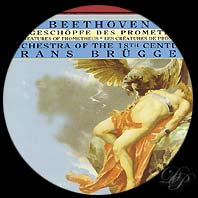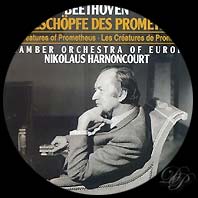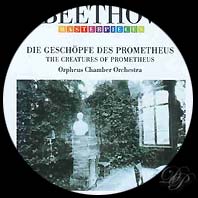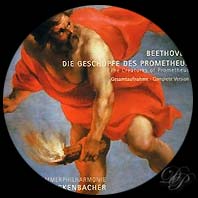| |
|
 |
A personal appreciation of the piece (by Daniel ACHACHE): - Overture in C *** Following the 16 following sections (the timings are those for the version conducted by Herbig):
|
|
It appears Beethoven was particularly fond of the theme of the finale as it can also be found:
In conclusion, “The Creatures of Prometheus” is a remarkable and little known work of Beethoven's. |
This work is certainly difficult to find, and even then, only two performances are often available. Here some can be found on the internet, new or second-hand.
|
| There are also two versions for piano: |
 Piano: Steven Samuel Beck Recorded October 8th & 9th 1999 Monument Records |
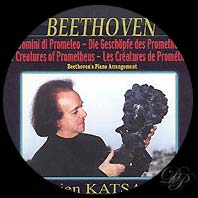 Piano: Cyprien Katsaris Recored in September 1998 Piano 21 |
Finally, there exists a version with German text by Peter Ustinov, who was passionate about Beethoven : the performance uses that by Karl Anton RICKENBACHER and the Litauische Kammerphilharmonie BMG - 2001 |
 |
|
Many
thanks to Melanie PIDDOCKE
for her translation of this page from French
into English
|
|
|
|
||||||||||||||||
